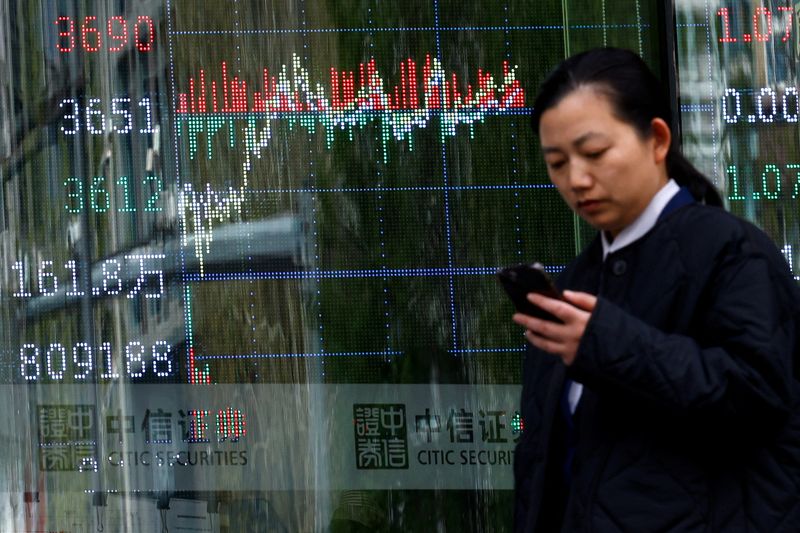Select Language
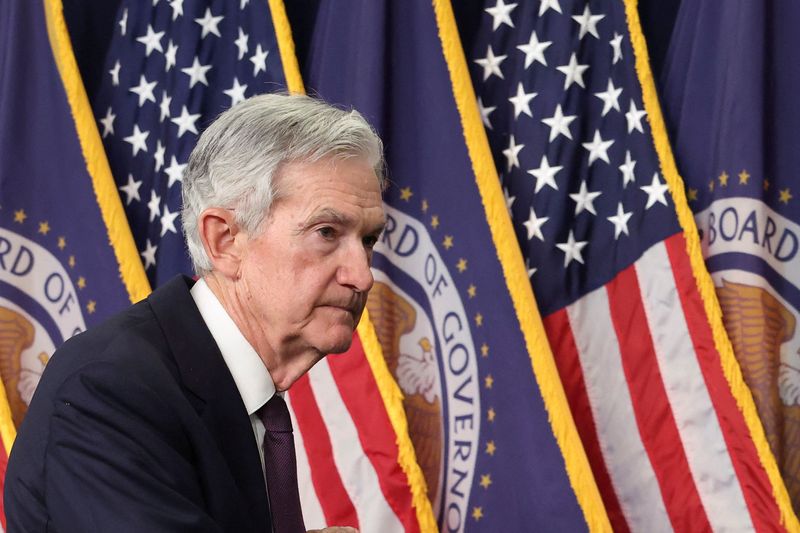
NEW YORK (Reuters) - Federal Reserve Chairman Jerome Powell said on Wednesday that he never seeks to meet with any U.S. president and to the extent he has had such a meeting, it’s because the elected leader sought the interaction.
"I’ve never asked for a meeting with any president and I never will," Powell said at a press conference following the close of the Fed’s policy-setting committee meeting. "There’s never a reason for me to ask for a meeting, it’s always been the other way."

U.S. President Donald Trump said on Wednesday he will not consider lowering his steep, 145% trade tariffs on China, even as his administration prepares to engage in trade negotiations with Beijing.
Trump answered “no” when asked by a reporter at the White House if he was willing to scale back his tariffs to bring China to the negotiating table.
Trump’s comment comes just days before Treasury Secretary Scott Bessent and Trade Representative Jamieson Greer will meet their Chinese counterparts in Switzerland for trade talks.
Chinese officials said the meeting was taking place on Washington’s request, and that Beijing remained opposed to Trump’s tariffs.
Trump had earlier this week said he had no immediate plans to sign any trade deals, as his administration negotiates with several major trading partners, who face his reciprocal tariffs.
Washington announced on Tuesday that talks with China will take place in Switzerland. Although officials are expected to discuss trade, investors were doubtful that any progress would come from the meetings, given that both Washington and Beijing have struck largely hawkish stances over their recent tariff exchange.
China had imposed 125% tariffs on American goods in retaliation to Trump, and had signalled little intent to negotiate until Trump brought down his levies.
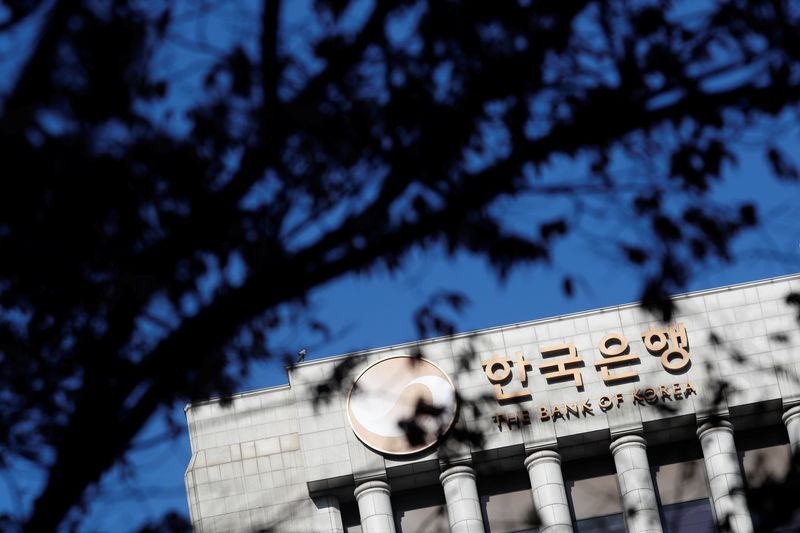
SEOUL (Reuters) -Most of the Bank of Korea’s board members assessed headwinds to South Korea’s economy were growing faster than expected, a factor that would warrant more interest rate cuts, minutes from last month’s meeting showed on Wednesday.
"With economic growth this year expected to fall short of previous forecasts due to the economic slowdown, the need for preemptive interest rate cuts is growing," one of the seven board members said, according to the minutes from the bank’s April 17 rate review.
The BOK’s seven-member board on April 17 held the benchmark interest rate at 2.75% as expected at its monetary policy review and signaled it would cut rates in May to cope with "significant" risks to the economy from U.S. President Donald Trump’s sweeping tariff policy.
A majority of economists surveyed by Reuters expect the BOK to lower the benchmark interest rate to 2.25% by the end of the third quarter of this year as shifting U.S. tariff policy fuels fears of a global recession and threatens to sharply curtail exports out of Asia’s fourth-largest economy.
The BOK next reviews policy interest rates on May 29.

Indian stocks flitted in a flat-to-low range in early trade on Wednesday as investors grappled with a military escalation against Pakistan, while positive signals on U.S.-China trade talks offered some support.
The Nifty 50 benchmark rose 0.1% to 24,508.0 points by 09:44 IST (04:14 GMT), while the BSE Sensex 30 rose 0.2% to 80,782.40 points. Both indexes had opened lower, even as Gift Nifty 50 Futures pointed to a positive open.
India carried out strikes against nine alleged terrorist targets in Pakistan in the early hours of Wednesday, which it said were in retaliation for a deadly terrorist attack in Indian Kashmir in April.
Pakistan decried the move, retaliating with artillery strikes along the border in Kashmir, and also claimed to have shot down at least three Indian planes.
The strikes represented the worst fighting between the two nuclear armed nations in decades, leaving investors on edge over an escalation in tensions.
Still, bigger losses in Indian shares were limited by cheer over U.S.-China trade talks, which lifted broader Asian markets. U.S. and Chinese officials will meet for trade negotiations in Switzerland later this week, the two countries said on Tuesday.
Tata Motors Ltd (NSE:TAMO) (NYSE:TTM) was also a major supporter of the Nifty, rising nearly 3% after shareholders approved a plan where the company will split into two listed entities. The stock was the biggest gainer on the Nifty.
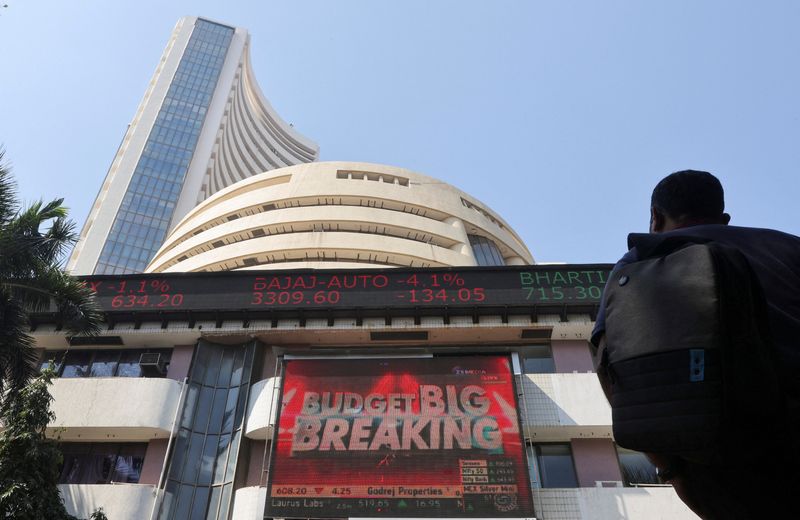
Most Asian stocks rose on Wednesday, with Chinese markets in the lead after the announcement of trade talks with the U.S. pushed up hopes for a deescalation in an ongoing trade war.
Other markets were less upbeat, with Indian stocks squarely in focus after a military escalation with neighbor Pakistan earlier in the day. Indian stock futures, however, pointed to a positive open.
Regional markets took a negative lead-in from Wall Street, which closed lower overnight after U.S. President Donald Trump signaled he was in no hurry to sign any trade deals. But U.S. stock index futures rose in Asian trade after the announcement of trade talks with China, with S&P 500 Futures adding 0.6%.
Sentiment was also testy before the conclusion of a Federal Reserve meeting later on Wednesday, where the central bank is widely expected to keep rates steady and signal no changes in the near-term.
Chinese stocks rise, Hong Kong rallies on trade talk cheer
China’s Shanghai Shenzhen CSI 300 and Shanghai Composite indexes added about 0.5% each, while Hong Kong’s Hang Seng blew past its regional peers with a 1.5% rise.
U.S. Treasury Secretary Scott Bessent and Trade Representative Jamieson Greer will meet their Chinese counterparts for trade talks when they travel to Switzerland this week, their respective offices said late-Tuesday.
The announcement marks the clearest signal yet on trade negotiations between Beijing and Washington, after officials from both sides signaled some openness to talks last week.
But whether this will result in immediate deescalation still remains to be seen, especially as Trump signaled he was in no hurry to sign a trade deal with any country.
Steep trade tariffs between the two countries– following an escalation in their trade war in April– still remained in place. A swathe of recent economic readings also showed both the U.S. and China were facing headwinds from the trade conflict.
Chinese markets were also encouraged by the People’s Bank cutting a key reserve requirement ratio for local banks, which heralds more monetary stimulus for the economy.
Indian stocks set for strong open despite Pakistan military escalation
India’s Gift Nifty 50 Futures rose 0.5% in morning trade, heralding a positive open for the Nifty 50 even as tensions with Pakistan rose substantially on Wednesday.
India said it had carried out strikes against alleged terrorist encampments in Pakistan early on Wednesday, while Islamabad claimed to have retaliated with artillery strikes, and had also shot down five Indian planes.
The spike in tensions between the two nuclear armed countries comes after a deadly terrorist attack in India’s Kashmir region last month, which New Delhi blamed on Pakistan.
The renewed tensions represent the worst fighting between the two countries in over two decades, leaving investors on edge over a worsening in tensions. Indian stocks were also nursing losses in recent weeks on fears of an escalation.
Broader Asian stocks were mildly higher, with investors also skittish before the conclusion of a Fed meeting later in the day.
Australia’s ASX 200 index rose 0.2%, while South Korea’s KOSPI added 0.4%.
Japan’s Nikkei 225 index rose 0.3%, while the TOPIX index added 0.4%.
Singapore’s Straits Times index shed 0.2%, weighed chiefly by losses in major bank UOB (SGX:UOBH), after it clocked softer-than-expected quarterly earnings.
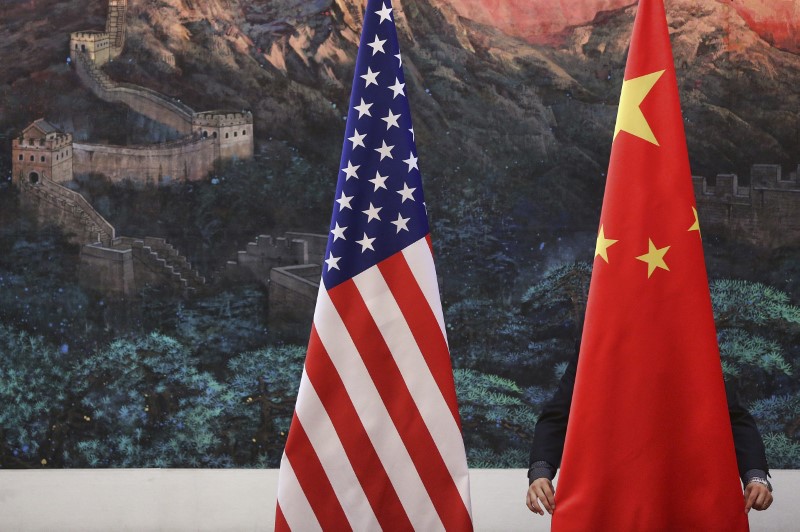
U.S. Treasury Secretary Scott Bessent and Trade Representative Jamieson Greer will meet with their Chinese counterparts for trade negotiations in Switzerland this week, their offices said on Tuesday.
Both Bessent and Greer will meet with Swiss President Karin Keller-Sutter, and will also meet with their counterparts from the People’s Republic of China “to discuss trade matters,” their respective offices said in a statement. The two will travel to Switzerland on May 8.
“I look forward to productive talks as we work towards rebalancing the international economic system towards better serving the interests of the United States,” Bessent said in a statement.
China’s Foreign Minister said that Vice Premier He Lifeng, Beijing’s lead official in U.S.-China trade matters, will meet Bessent in Switzerland, according to NBC.
The talks mark a potential thaw in Sino-U.S. relations, after the two countries became embroiled in a bitter trade war through April. U.S. President Donald Trump had imposed 145% tariffs on Chinese goods, drawing retaliatory measures of 125% from Beijing.
The tariff exchange had rattled global markets with the prospect of widespread economic disruptions, with recent data points from China and the U.S. already showing some deterioration.
U.S. stock index futures- which had initially fallen on Tuesday evening- rose after the trade talks were announced. S&P 500 Futures were up 0.7% by 19:15 ET (23:15 GMT).
The announcement of the talks in Switzerland comes following some encouraging comments from both Chinese and U.S. officials, that they were open to trade talks. Bessent has also repeatedly warned that the steep trade tariffs were unsustainable, and that he expects deescalation soon.
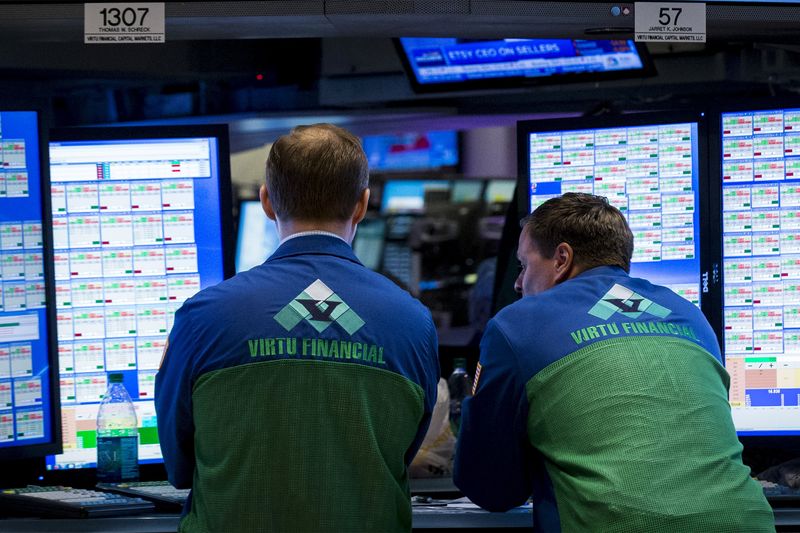
The S&P 500 closed lower Tuesday as investors assessed a lack of updates on U.S.-China trade progress and awaited the Federal Reserve rate decision due Wednesday.
At 4:00 p.m. ET (20:00 GMT), the Dow Jones Industrial Average dropped 397 points, or 1%, the S&P 500 index slipped 0.8%, and the NASDAQ Composite fell 0.9%.
Trump says China willing to negotiate on trade, but stops shorts of signalling progress
President Donald Trump said China wanted to negotiate a trade deal to end the current trade war, but stopped short of signalling urgency to resolve the conflict, saying the U.S. and China would meet the right time.
Markets had briefly cut some losses on hopes of a major announcement on trade after Trump touted he would have "very, very big announcement to make," ahead of his administration’s trip to the Middle East. But the reprieve was short lived after Trump said the big announcement may "not necessarily" be on any trade-related development.
Fed meeting looms large
The Fed kicks off its two-day meeting Tuesday, with the central bank expected to hold interest rates steady when it concludes on Wednesday.
Fed Chair Jerome Powell recently signalled that the policymakers are in a wait-and-see mode amid tariff concerns. This comes despite overt pressure from President Trump and Treasury Secretary Scott Bessent to cut policy rates.
Given the decision is largely seen as a forgone conclusion, the focus will be on comments from Powell to get insights into the Fed’s future rate path.
A reading of activity in the key U.S. services sector, which accounts for more than two-thirds of the economy’s output, was stronger than anticipated, signaling that businesses may be able to shrug off headwinds from the tariffs. Still, a metric of prices paid by services companies rose, adding to worries that the duties could fuel inflationary pressures.
The U.S. goods and services deficit widened in March following an uptick in imports as businesses raced to lock in prices before the implementation of elevated tariffs.
Adjusted for seasonality but not price changes, the trade gap rose by 14.0% to $140.5 billion from a downwardly-revised $123.2 billion in February, according to data from the Commerce Department’s Bureau of Economic Analysis on Tuesday.
Corporate results continue
There have been a number of corporations releasing quarterly earnings Tuesday, as the first-quarter results season continued.
Ford (NYSE:F) stock rose more than 2% even as the auto giant slashed its full-year guidance, noting uncertainty around the outlook due to Trump’s tariffs.
Palantir Technologies (NASDAQ:PLTR) stock slumped about 12% after the artificial intelligence-focused data firm reported quarterly numbers that disappointed heightened market expectation, even as it lifted its annual sales guidance.
Tesla (NASDAQ:TSLA) stock fell more than1% after the EV manufacturer saw a significant drop in its sales volume in Germany in April, while new car sales in the United Kingdom dropped by 62% year-on-year, hitting their lowest point in over two years.
DoorDash (NASDAQ:DASH) stock fell more than 7% after the food delivery company’s first-quarter revenue fell short of estimates, while also confirming it has made a formal offer to acquire U.K. rival Deliveroo (LON:ROO).
Mattel (NASDAQ:MAT) stock added more than 2% despite the toymaker pausing its 2025 full-year guidance due to tariff uncertainty. The paused on guidance came as the company reported quarterly results that were better than feared.
(Peter Nurse, Ayushman Ojha contributed to his article.)
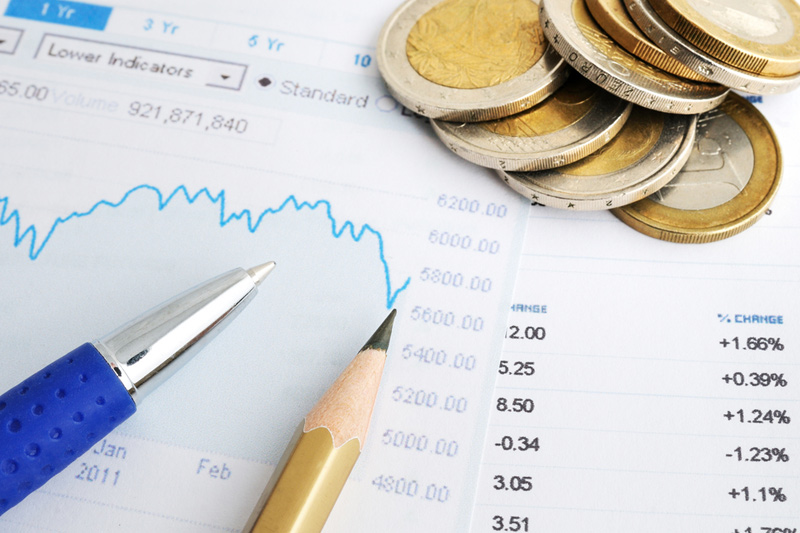
After nearly three years, France’s manufacturing sector has experienced an increase in output, according to a survey published on Friday.
Increased military spending could potentially balance out the uncertainties caused by U.S. tariffs.
The final purchasing managers index (PMI), a key indicator of economic health in the manufacturing sector, rose to 48.7 in April from 48.5 in March. This information was compiled by S&P Global for the HCOB.
It is worth noting that the PMI is an important economic indicator, measuring the activity level of purchasing managers in the manufacturing sector.
A PMI above 50 represents an expansion when compared to the previous month, while a PMI under 50 represents a contraction.
The rise to 48.7, though still under 50, marks a significant improvement for France’s manufacturing sector.
This article was generated with the support of AI and reviewed by an editor. For more information see our T&C.
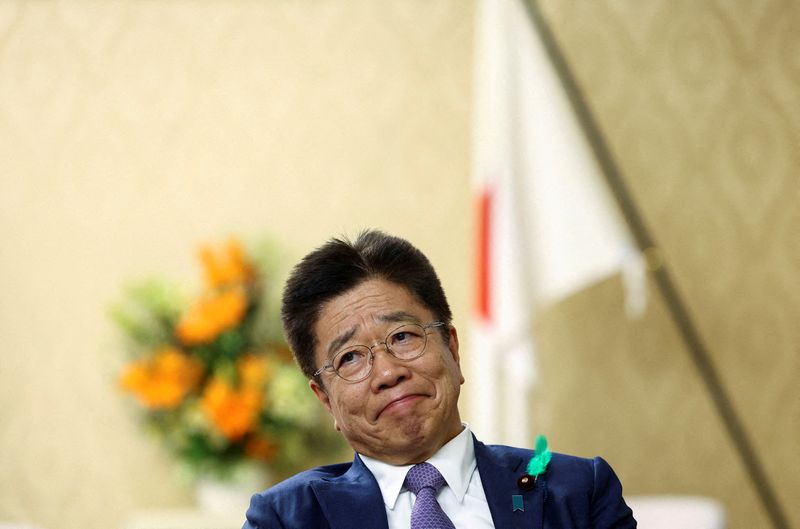
By Leika Kihara and Makiko Yamazaki
TOKYO (Reuters) -Japan could use its $1 trillion-plus holdings of U.S. Treasuries as a card in trade talks with Washington, its finance minister said on Friday, raising explicitly for the first time its leverage as a massive creditor to the United States.
While Finance Minister Katsunobu Kato did not threaten to sell holdings, his remarks touch on a critical concern global investors have about what Japan and China, the two largest owners of U.S. government debt, might do in seeking tariff concessions from the Trump administration.
The Treasury market saw a huge global sell-off last month after U.S. President Donald Trump’s decision on April 2 to slap sweeping tariffs on trading partners, including key strategic allies such as Japan.
Kato said in a television interview the primary purpose of Japan’s U.S. Treasury holdings - the largest in the world - is to ensure it has sufficient liquidity to conduct yen intervention when necessary.
"But we obviously need to put all cards on the table in negotiations. It could be among such cards," he said when asked whether Japan, in trade talks with the U.S., could reassure Washington it will not sell its Treasury holdings in the market.
"Whether we actually use that card, however, is a different question," Kato added.
The U.S. Treasury Department did not immediately respond to Reuters’ request for comment outside of office hours.
Kato’s remarks contrast with those he made last month, when he ruled out using Japan’s U.S. Treasury holdings in trade negotiations.
On Friday, Kato declined to comment on whether Tokyo’s U.S. bond holdings came up in his bilateral meeting with Treasury Secretary Scott Bessent last week.
However, he said the huge market sell-off in Treasuries in April likely affected Washington’s approach in talks with Japan.
Japan’s and China’s presence in the Treasury market makes them a huge point of attention whenever U.S. yields spike, although little is known about their trading activity.
While Japan, as a close U.S. ally, is seen as less likely to use its Treasury holdings as a bargaining tool, some analysts speculate that China may liquidate its holdings as a "nuclear" option as trade tensions with the U.S. escalate.
So far, there are few signs of such a sell-off. Foreign holdings of U.S. Treasuries rose 3.4% in February, data from the Treasury Department showed last month, with the two largest owners, Japan and China, building up their U.S. debt positions.
But even hints of their huge market presence could be a key weapon for Japan, which otherwise has little leverage due to its economy’s huge reliance on the U.S. car market.
"Playing the card early, while the U.S. bond market is in the minds of the administration after recent weeks, is a smart move," said Martin Whetton, head of financial markets strategy at Westpac in Sydney. "They don’t have to do anything. But they can put themselves in a solid position to negotiate. It is, after all, the art of the deal."
Japan’s top trade negotiator, Ryosei Akazawa, said he deepened talks on trade, non-tariff measures and economic security cooperation in his second round of talks with Bessent in Washington on Thursday. He also said the two sides hoped to hold their next meeting in mid-May.
USE ALL TOOLS
The U.S. Treasury sell-off in April was among factors that led Trump to announce a 90-day pause on his "reciprocal" tariff plan, with Bessent likely playing a key role, according to sources close to the White House.
Aside from the tariffs, Japan has also faced criticism from Trump that it was intentionally weakening the yen to give its exports a trade advantage - an accusation Tokyo denies.
Kato said his meeting with Bessent last week did not discuss any desirable exchange rate or a possible framework to control currency moves.
Analysts say Japan’s huge Treasury holdings can also be used as a bargaining tool in any differences Washington has with Tokyo over currencies.
"(It) should be a card if not an ace card for the negotiation," said Naka Matsuzawa, chief macro strategist at Nomura Securities in Tokyo. "It would work not only to flatten the (bond yield) curve in the two countries but also avoid other outrageous requests such as artificial yen appreciation."
But there are at the same time limits to such threats as unloading Treasuries would hurt Japan and China by disrupting markets and causing huge losses on their remaining holdings.
Given the hit Japan and China themselves would suffer from selling their U.S. Treasury holdings, the idea was an "absolute non-issue in the past," said Nathan Sheets, former U.S. undersecretary for international affairs who is currently global chief economist at Citi Research.
"But countries have to use all the tools they have," he said. "The fact that we need to think about something like that shows the world we’re in."
